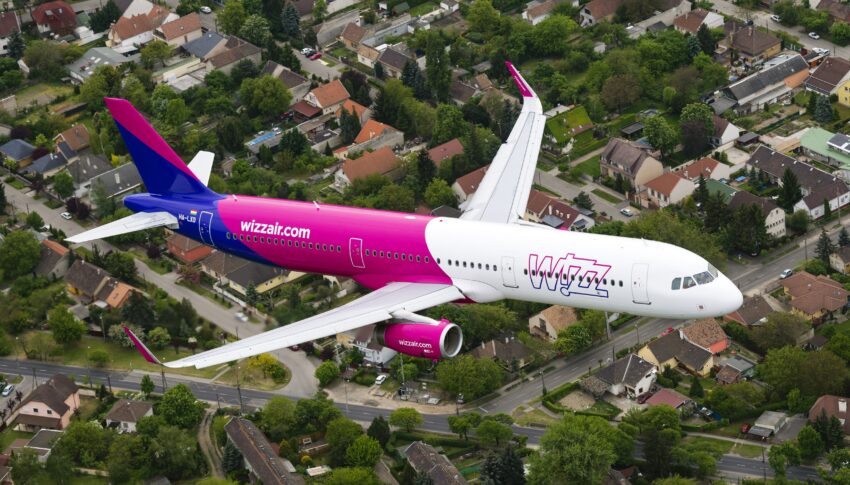The drumbeat towards increasing digitalisation of airlines large and small is becoming a crescendo, particularly as parts of the world look towards a post-COVID-19 future. But what are smaller, boutique and niche airlines looking for when it comes to digitalisation, both commercially and operationally? What should they be thinking about? And what are the drivers they need to consider? To learn more, we sat down with Rakesh Narayanan, vice president and regional general manager for Asia Pacific in Sabre’s travel solutions airline sales business.
“From a big picture perspective, digitisation was already top-of-mind for the aviation industry before COVID-19. The pandemic has only accelerated this,” Narayanan explains.
Looking at the customer, passengers want airline apps to work as simply and easily as the best of the technology in the rest of their lives. Too often, this simply isn’t the case — no matter the size of the airline — and tasks that seem simple have to fall-back to telephone agents with long wait times.
“While larger carriers and smaller airlines are both focused on accelerating their digital transformation to aid recovery and future growth, many larger airlines are wrestling with migration from legacy systems,” Narayanan points out. “Meanwhile, smaller start-ups can act in a more agile way, ensuring they have the right, robust technological solutions right from the outset, from the moment they take to the skies. Established small airlines are also taking this time to really think about whether they have the right technological solutions in place to ensure they are in a position of competitive strength.”
On the business side, requirements smaller airlines are looking for include fare projection, product creation, offer design and analytics that help decision-makers understand consumer behaviour — and the flexibility to prototype, trial and implement changes to respond to a market that has never been so dynamic.
For smaller airlines, Narayanan says, “it is important that even though they are small, there is no compromise in terms of the flexibility their technological solutions provide to dynamically respond to market needs, whether that is from a schedule perspective, pricing and offers, increasing ancillary revenue and providing product sets that are configurable on a real-time basis.”
Moving through the phases of digitalisation, once airlines move past automation to optimisation, a wider range of benefits open up — but also new choices have to be made.
“For smaller airlines, this digital transformation means a focus on cloud-enabled solutions,” Narayanan explains. “They want service-based solutions as they don’t have the IT teams and infrastructure needed to build their own, and because it’s vital to have solutions that do not require large numbers of employees to implement and manage. Without the burden of legacy systems, smaller carriers have the benefit of taking advanced off-the-shelf solutions built around regulatory compliance and optimal ways of operation.”
To get the most out of digitalisation, airlines of all sizes — but particularly the smaller, boutique and niche airlines — need to have strategic clarity: not just on their raison d’être operationally and in terms of product, but in why they are driving towards digitalisation, and the relative strength of all those drivers. How does the balance lie between new functionality, revenue, cost control, efficiency, new markets, new segments, competitive reaction, or other reasons for digital transformation?
At present, says Narayanan, “major processes receiving high investments in aviation in the current climate are solutions to aid disruption management and personalisation initiatives. Airlines are focused on migrating their workloads to the cloud, increasing touchless passenger experiences, optimising internal processes, improving personalisation, and enhancing ancillary revenues.”
Payments, too, are a key area of interest, with the quickly evolving payment industry seeing substantial acceleration of change. New payment forms, fintech startups and app-based providers are springing up daily, particularly within Asia, with a growing fragmentation of preferred payment methodologies by geography. There is a strong overlap between early adopters of these new technologies and the kind of mobile, tech-enabled passenger many airlines consider as the customer equivalent of gold-dust.
Fundamentally, though, Narayanan concludes, “while previous crises have had an impact on consumer spending power, the COVID-19 pandemic has fundamentally changed consumer behaviour. Passengers now expect a more seamless experience across their entire travel journey, and it’s more important than ever to have the right technology to meet these expectations.”
Author: John Walton
Published: 30th November 2021



